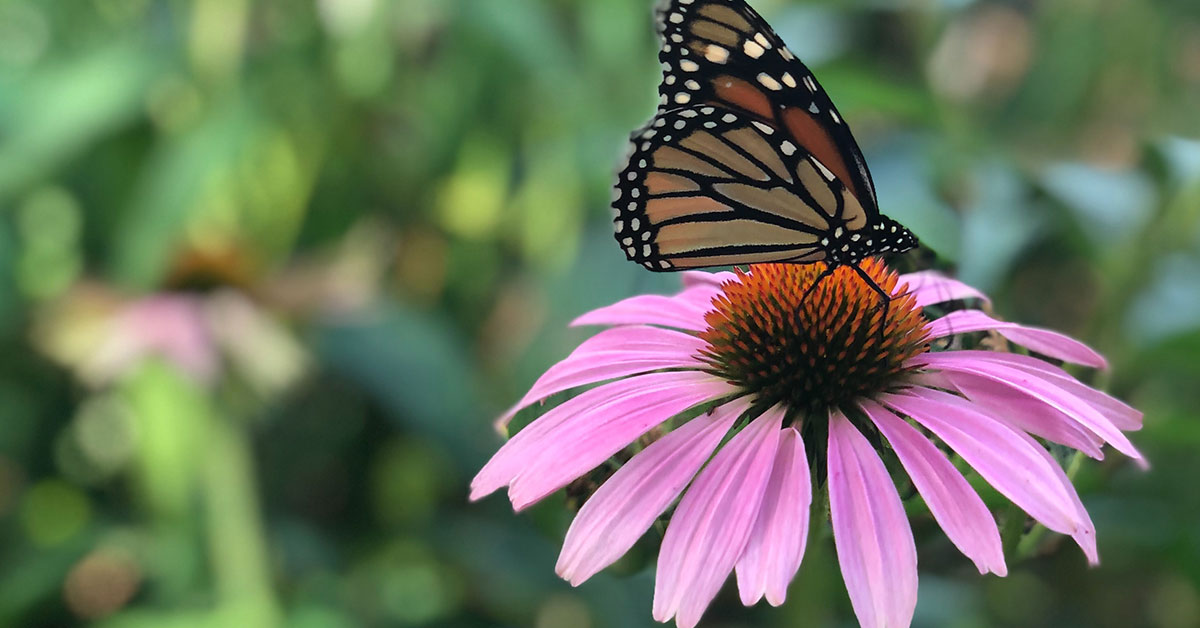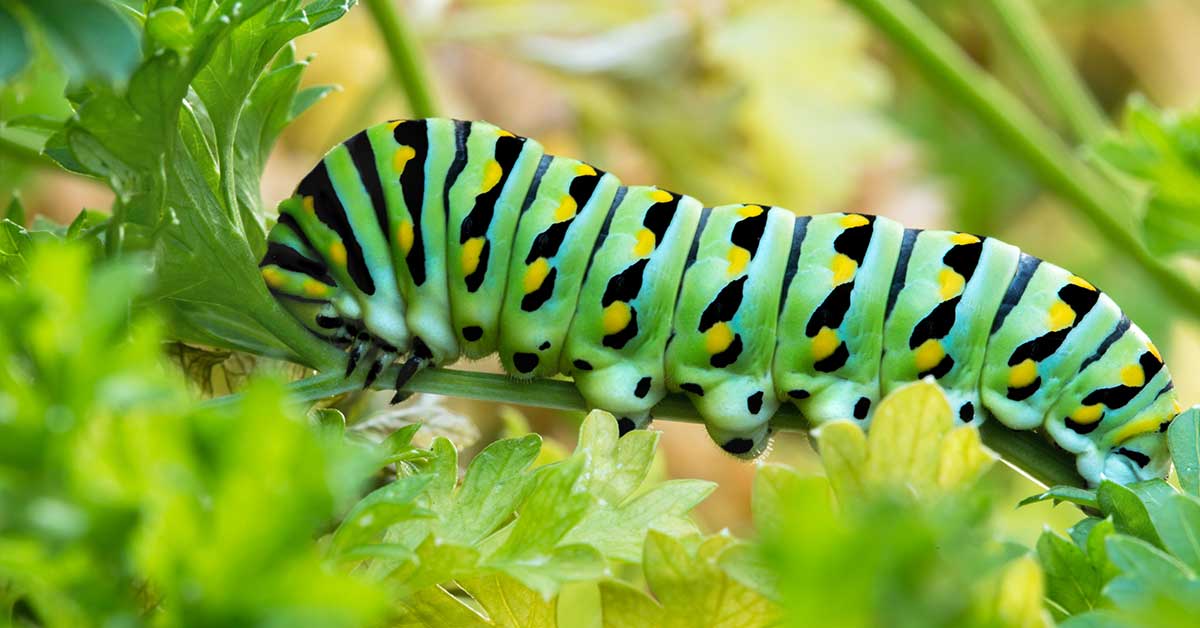Doomsday prepping used to be a fringe movement that many people regarded as a community of paranoid fanatics. In the midst of the COVID-19 pandemic, however, people across the country are looking toward preppers for survival advice. One way they stay prepared for possible disaster is by stockpiling emergency seeds.
To some, the thought of stores running out of food during a crisis may have at one time seemed outrageous. The empty grocery store shelves last spring, however, made that scenario feel much more possible. In the event of a national or global crisis, having a collection of emergency seeds is an excellent way to ensure that you and your loved ones will be able to sustain themselves.
Beyond an apocalypse-style crisis, however, storing heirloom seeds over winter is a great way to cut down the cost of your annual vegetable garden. By saving seeds, you can grow a garden without having to purchase new seeds or plants every season.
Read next: 10+ Frugal Living Tips From The Great Depression
What are the Best Emergency Seeds?
When it comes to storing seeds, not all of them are made equal. Plants with flowers that are self-pollinating, like tomatoes or peppers, tend to be easier for seed saving. They require little or no special treatment before saving.
Seeds from biennial crops, however, are harder to save because they require two growing seasons in order to set seed.
Open-pollinated plants are also a better choice for seed saving rather than hybrids. This is because it is impossible to predict the quality of a hybrid plant and its fruit. When it comes to emergency seeds, you don’t want to leave anything up to chance.
The following are some of the most practical plants for harvesting and storing seeds:
Tomatoes
Non-hybrid tomato plants, like “Big Rainbow”, “San Marzano”, and “Brandywine” are excellent seed-savers. These varieties will give you a consistent fruit season after season. Nutritionally, tomatoes are an excellent choice because they are high in vitamin C and other antioxidants. They also provide potassium, folate, lycopene, lutein, and beta-carotene.
Read More: How To Save Tomato Seeds For Next Year’s Garden
Peppers
“Habanero”, “California Wonder” and “Corno di Toro” peppers are also non-hybrids that will produce a consistent crop. Peppers also provide a good amount of vitamin C, vitamin A, vitamin B6, folate, and vitamin E.
Beans
Open-pollinated bean varieties include “Kentucky Wonder”, “Blue Lake” and “Tendercrop”. They are a rich source of vitamins A, C, and K, as well as folic acid and fiber.
Peas
Non-hybrid varieties of peas include ‘Lincoln’, ‘Little Marvel’ and ‘Perfection’ peas. They are an excellent source of vitamin K, as well as manganese, B vitamins, fiber, vitamin C, phosphorus, and folate.
The following plants are more difficult to harvest seeds from, but provide a variety of nutrients in the event of an emergency:
Kale
Kale is an excellent source of vitamins A, K, B6 and C, calcium, potassium, copper and manganese. It is also a very robust green vegetable that grows well in a variety of conditions.
Spinach
Spinach is a good source of calcium, magnesium, potassium, vitamin A, and folate. It also contains vitamin K, fiber, phosphorus, and thiamine.
Carrots
Carrots are one of the best vegetable sources of vitamin A. They are also high in biotin and vitamin K, and contain a good amount of fiber. They are more difficult in terms of seed storage because they require two growing seasons to drop seed, but they are worth the wait.
Beets
Like carrots, beets also won’t produce seeds until their second growing season. That being said, they provide a lot of nutrition. They contain betalains, which are phytonutrients that have antioxidant and anti-inflammatory effects. Beets are also a great source of folate, manganese, copper, and fiber.
Radishes
Radishes are a good source of antioxidants like catechin, pyrogallol, vanillic acid, and other phenolic compounds. They also contain chemical compounds like glucosinolate and isothiocyanate and the antioxidant coenzyme Q10 that can help regulate blood sugar levels and block the formation of diabetes.
Zucchini
Zucchini made it on this list in part because of how large the squash are able to grow and how productive just one plant is. When you let the squash grow larger, they get seedy and a bit watery – not the best. That said, because of how quickly these squash grow, they can provide an important food source for other food sources. For example, if you keep chickens, they’ll enjoy eating big, overripe zucchini, especially if grain feed became scarce for any reason.
How to Harvest Emergency Seeds
For vegetables like carrots, kale, spinach, beets, and radishes, you’re likely better off purchasing seed packets from your local garden shoppe and storing them for safe-keeping. You can ask the experts there for advice on how to store them properly so they will remain viable for the long-term.
For tomatoes, peppers, beans, and peas, however, you can harvest those seeds yourself quite easily. To do so, follow these steps:
- Allow the fruit to fully ripen. In the case of peppers, you want to wait until the pepper has started to wrinkle before picking it. For beans and peas, you should allow the pods to ripen on the plant until they are dry and starting to turn brown. You should be able to hear the seeds rattling around on the inside.
- For tomatoes: put the seeds and gel in a glass jar with water. Swirl the mixture twice per day. Within five days it should ferment and the seeds will fall to the bottom. Pour off the liquid, rinse the seeds, and spread them on paper towels to dry.
- For Peppers: Simply scrape the seeds out and lay them out to dry.
- For Peas and Beans: remove the pods from the plant and spread them out inside to dry. You can leave them in the pods until you’re ready to plant them or remove the seeds from the pods after they’ve been drying for at least two weeks.
Read More: 10 Vegetables You Can Grow From Scraps At Home
How to Store Emergency Seeds
Here are three tips for storing your seeds to ensure they are viable come planting season:
Tip #1: Keep them cool
You should keep your seeds in a cool location that is out of direct sunlight. This area should also maintain a fairly consistent temperature. A cold closet or a basement can be a good spot. Alternatively, so long as your seeds are fully dry you can store them in the refrigerator.
Tip #2: Keep them dry
The location in which you store your seeds should also not be humid. This is because humidity can cause your seeds to sprout before you’re ready to plant them. It is also important to ensure your seeds are sufficiently dry before you store them, for the same reason.
Tip #3: Protect your seeds
Rodents and pests may enjoy your seeds as a little snack, so choose a spot that is safe from critters. Glass jars, metal containers, or wire mesh can also protect your seeds from would-be predators.
Some seeds, like carrots, for example, don’t tend to last as long in storage. To ensure these seeds last until next growing season, keep them in the freezer so they don’t lose their ability to germinate and grow.
Emergency Seeds to Meet Your Needs
While it may sound extreme to some, having emergency seeds in case of a crisis is a good way to ensure that your family will have access to healthy food. At the very least, harvesting and saving your own seeds can reduce the costs associated with growing your own vegetable garden, so you can enjoy a delicious crop season after season.
Read: 12 Vegetables You Can Grow All Winter













